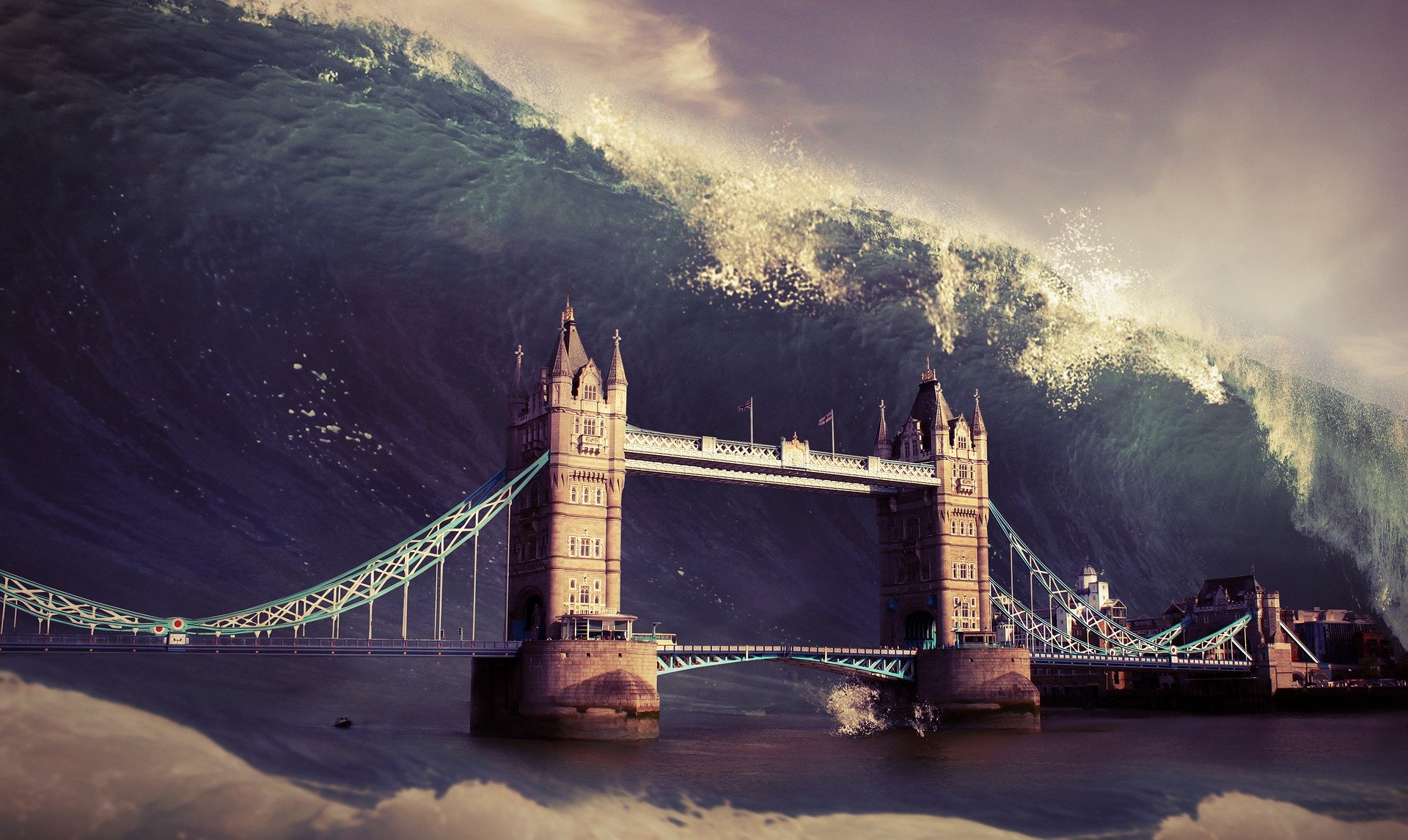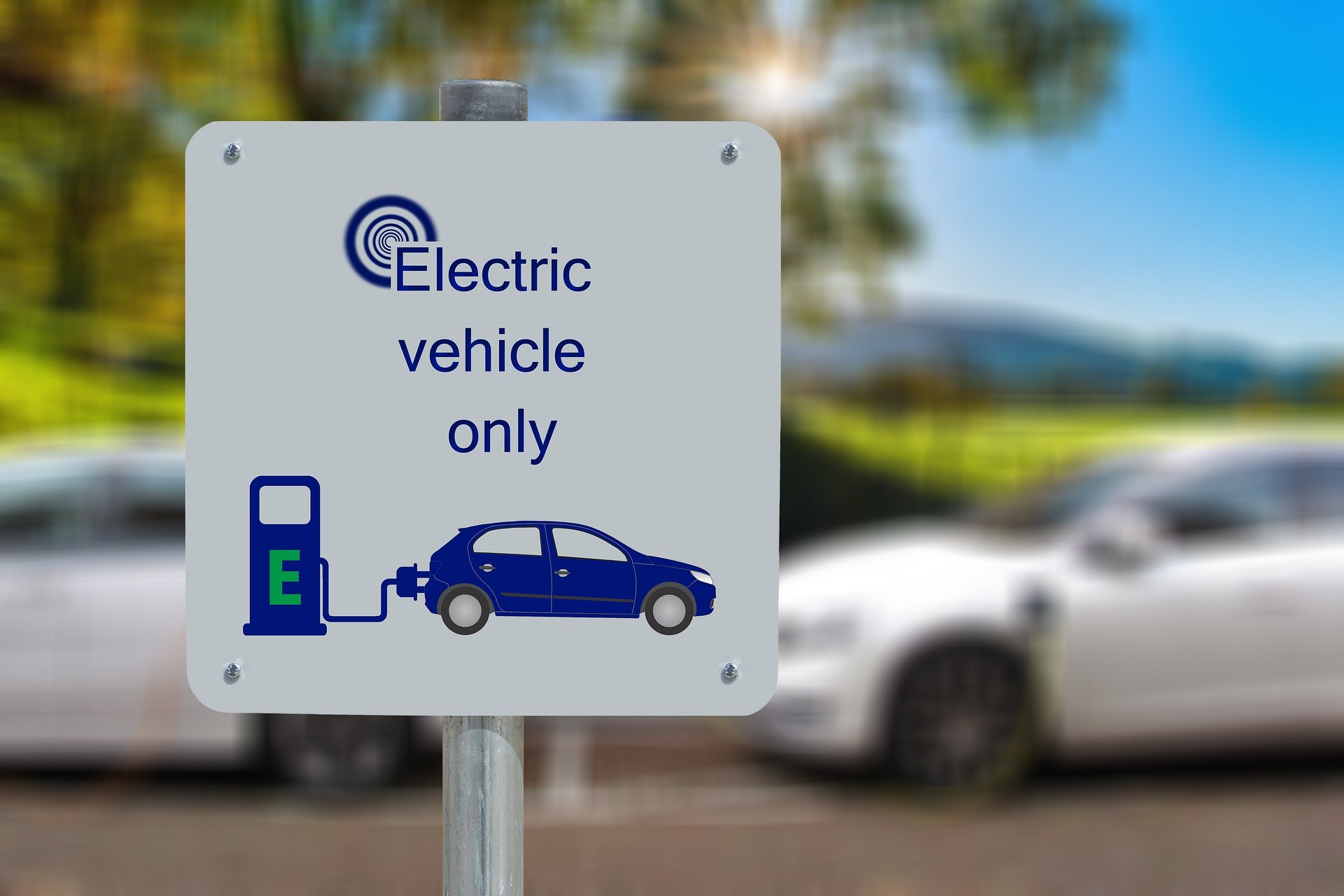The Thames barrier is the perfect example of a hard engineering approach to flood management. This 520-metre-long barrier has successfully stopped London flooding for the last 38 years since its construction in 1982. It really is quite an astonishing accomplishment, ensuring the safety of large swaths of London against storm surges that could cause havoc in the capital. The barrier was originally designed to deal with a 1 in 100-year flooding event up until 2030. The barrier has seen a consistent increase in yearly usage, from 2 or 3 times a year after it was completed, to 6 or 7 times a year in the mid 2000’s, with the barrier being raised 50 times in 2013.
The question then becomes whether due to sea level rise and the potential increase in storms (due to climate change), is London still safe behind its wall? Especially given we are fast approaching 2030.

So will it cope with climate change?
Well there’s some good news here to be honest. Sea level rise was recognised as a potential issue for coastal cities, such as London given its tidal links to the ocean through the Thames. Therefore, the Thames barrier was originally designed considering as 8mm rise in ocean level per year (up until 2030. Now to point out how generous this is the sea is currently rising by about 3.4mm a year, although the rate of increase is going up. This effectively means the barrier was built with a tremendous headway in terms of sea level rise and given predictions of sea level rise over the coming years, the barrier should be able to deal with the rise till about 2060 or more!
Added to this the environmental agency has openly stated that with some reasonable modification they intend to extent the life of the Thames barrier till 2070, with climate change factored in.

So great right London is safe till 2070?
The barrier was originally intended to be used in the case of storm surges, allowing for temporary protection when needed. If it is still being used towards 2070 it is reasonable to assume it may be operated for every high tide to deal with sea level rise. Which depending on the modifications they intend could make dealing with storm surges difficult. These surges can rise the water level by up to 3.66m, history shows, and if such a surge hit today at high tide the barrier with head room of 6.90m would be overwhelmed, with the surge and tide adding 7m of height to the water level. Therefore, with sea level rise towards 2070, the potential for even small storm surges to overflow the current Thames barrier are quite possible.

It isn’t just the Thames barrier though
It should be noted that the Thames barrier isn’t the only defence, there is also another 8 flood barriers along the Thames estuary, with over 350km of walls and embankments, and over 400 other structures like flood gates, outfalls and pumps. All these systems together act to defend to the city, therefore whether these other systems that are in place are adequate to keep flood water out is another question. The environmental agency has actively planned for the raising of these defences between 2035 and 2050, as well as reshaping the riverside, with softer engineering alternatives like natural habitat expansion. This development is expected to happen past 2035 to allow for a solid defence, with climate change in mind.
So what about after 2070?
Well due to the foresight and planning of the environmental agency during the original designing and building of London’s flood defences, they have plenty of time to decided what to do. With some modification their claims of being able to continue to defend the city through this mechanism safely from flooding is perfectly acceptable. So, they have another 50 years to decide what sort of approach to take past that point. They have already identified a series of ideas, with one of the front runners being to create a new downstream barrier at Long Reach, with them even considering adding locks to it. If locks were added allowing ships through even with the gate raised, the project would become very expensive as well as being even more damaging to the environment, so the addition of locks seems unlikely.
Either way, London looks to continue to show the world the possible options for a tidal city like itself in the face of climate change.



